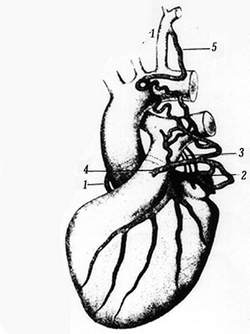"Nothing in the human body is colored, or labeled"
"The Chirurgeon must knowe the Anatomie". Thus states Thomas Vicary (1460 -1561) on the knowledge of Anatomy. He continues: "...for all authors write against those surgeons who work in a man's body not knowing the Anatomie"1. There is no doubt that knowledge must include the awareness of the possibility of anatomical variations. Some anatomical variations, like the "Corona Mortis" can be critical, and in some surgical cases, be the cause for exsanguination!
It is interesting that several medical schools are reducing the total number of hours working on, or moving away from cadaver disection in first year medical school and using computer simulations instead. No computer simulation will give the medical student the detail, variations, and feel of the tissues as actual hands-on experience. I am sure no one wants a surgeon whose first view of the internal aspect of a human body is a living patient...on the surgical table.
It is a fact that "Nothing in the human body is really colored... or labeled" or as someone else said "nothing looks exactly like the anatomy book", unless it is photography, and then each photo is taken after hours of laboring to "Netterize" the organ or area that one is trying to detail. Nothing gives the future professional the exact idea of what to expect in the future patient than the hours and hours of laborious work in the anatomy laboratory.
The same is true with anatomical variations, one "standard" digital cadaver,even with built-in anatomical variations does not give the student the sense of awe and discovery when an anatomical variation is found, interpreted, and analyzed with a group of peers, contributing to the learning process and the formation of future health care professionals.When questioning what is normal or abnormal, Dr. Elizabeth Murray says it most elegantly: "The cadaver is always right"
The image depicts a case of a coronary artery arising from the pulmonary trunk!
Sources:
1. "The Chirurgeon must knowe the Anatomie" R. Shane Tubbs Clin Anat 26:417 (2013)
2. "Two cases of an abnormal coronary artery of the heart arising from the pulmonary artery"Brooks, H; J. Anat. Physiol. 20:26-29, 1886 (anatomyatlases.org)
THIS ARTICLE IS THE THIRD IN A SERIES. TO READ THE FIRST ARTICLE CLICK HERE




